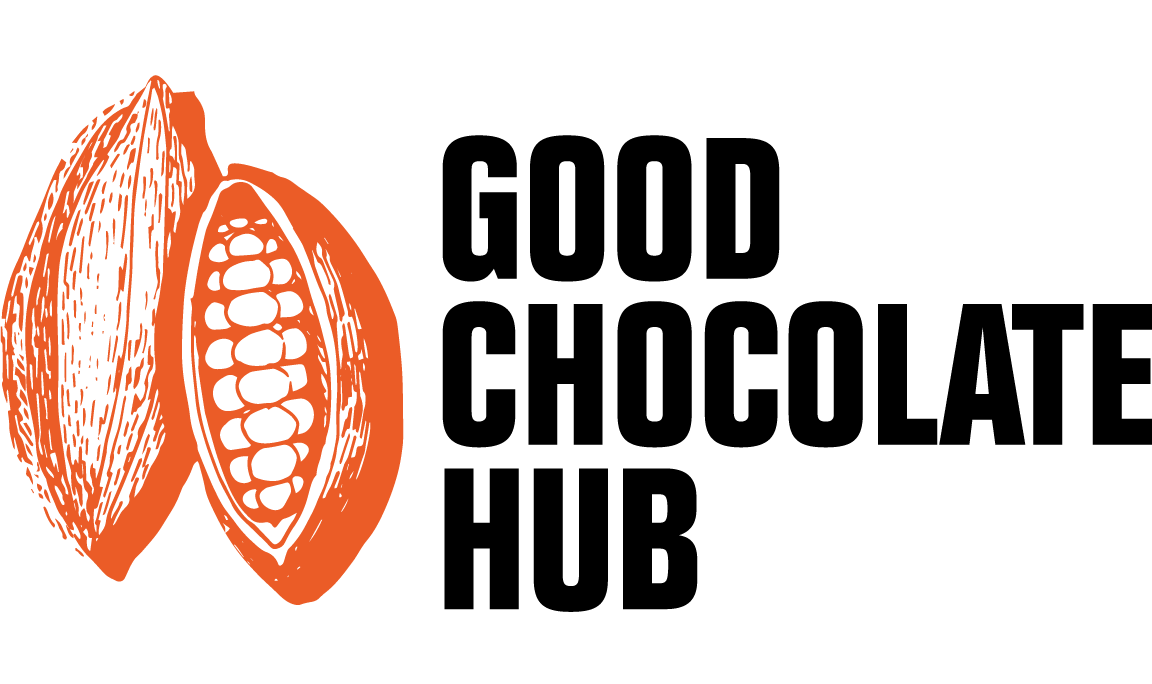Sweet, fine, deceptive: How much of Switzerland is really in the famous chocolate?
Hardly any other product symbolises Switzerland internationally as much as chocolate. The image of green Alps, happy cows and technical innovation symbolises quality and purity – and yet it is a carefully constructed narrative. So what is really behind the term ‘Swiss chocolate’? How much Switzerland is actually contained in the famous chocolate?
Author: Andrea Hüsser, Good Chocolate Hub. Published in: CriolloQuetzal – The Swiss chocolate blog
Let’s start with current events: At the beginning of July 2025, the Seco for Switzerland, together with the other EFTA states[1], finalized the Mercosur deal[2] – a free trade agreement from which the Swiss chocolate industry is expected to benefit significantly. This paves the way for the duty-free import of the so-called national success story “Swiss chocolate” to Brazil, Argentina, Uruguay, Paraguay and Bolivia. A slap in the face for the local chocolate sector in Brazil, one of the few countries that uses its own cocoa for its own chocolate and cocoa processing.
First contradictions
Anyone who starts to think beyond the usual narrative of chocolate quickly encounters contradictions. These become even more frequent when the word “Swiss” is placed in front of the chocolate. After all, the main ingredient, cocoa, does not grow in Switzerland – not even nearby. Pondering the origin of the word “chocolate” also raises eyebrows; after all, it originally comes from the Spanish “chocolate”, which in turn probably goes back to the Nahuatl word “xocolatl[3]”. So chocolate originally became a star not in Switzerland, but in Mexico – as early as 3000 years ago through the Olmec culture. The oldest traces of cocoa as a cultural asset are even older at 5000 years and were discovered in the upper Amazon region on the present-day border between Ecuador and Peru. Cocoa has been used in South and Mesoamerica for so many years as a drink, in ceremonies, as a means of payment, in medicine and as chocolate.
What about the national success story?
With these conclusive arguments in mind, I read the AI’s answer to my question of whether Swiss chocolate actually counts as a national success story, which is clear and unambiguous: “Yes, it can rightly be said that Swiss chocolate is a national success story.” The machine then rattles off the usual “evidence” without being asked and explains how the pioneering achievements and innovations of Swiss chocolatiers such as François-Louis Cailler, Philippe Suchard, Rodolphe Lindt and Henri Nestlé with Daniel Peter’s groundbreaking inventions shaped the global chocolate industry – including mechanized chocolate production, the conching process and the invention of milk chocolate. What the AI interestingly does not mention is the clever marketing strategy that the gentlemen pursued, in particular Theodor Tobler, who invested large sums in advertising for his Toblerone as early as the 1920s.
The invention of the myth: Chocolate as Swiss identity
Two advertising strategies in particular shaped the cliché of Switzerland as a chocolate country: Exotic motifs symbolizing the origin of cocoa, but which often showed racist and sexist clichés, mostly about an imagined Africa. Over the years, the motif of mountain peaks and dairy cows staged as an idyllic Alpine country gained the upper hand – with folkloristic imagery for a sense of home. This had a calming effect in the face of industrialization and urbanization and forms a parallel to the promotion of popular customs and Alpine tourism. In this way, chocolate became a local product that has since served to create a national identity.
And there’s more to the story of Swiss chocolate: read the full article on the Criollo Quetzal – The Swiss chocolate blog and find out how the global success of Swiss chocolate is linked to economic interests, colonial entanglements and a cleverly constructed brand – discover what really lies behind the myth of ‘Swiss chocolate’.
[1] EFTA countries: Iceland, Liechtenstein, Norway and Switzerland
[2] Mercosur countries: Brazil, Uruguay, Paraguay, Argentina, Bolivia
[3] The word originally referred to a drink made from cocoa, water and spices – i.e. what we know today as “cocoa drink” or “hot chocolate”. Nahuatl is the language of the Aztecs. However, the origin of the word “chocolate” has not been definitively clarified. What is certain is that the origin lies in the indigenous languages of Central America, but the exact composition remains disputed.


